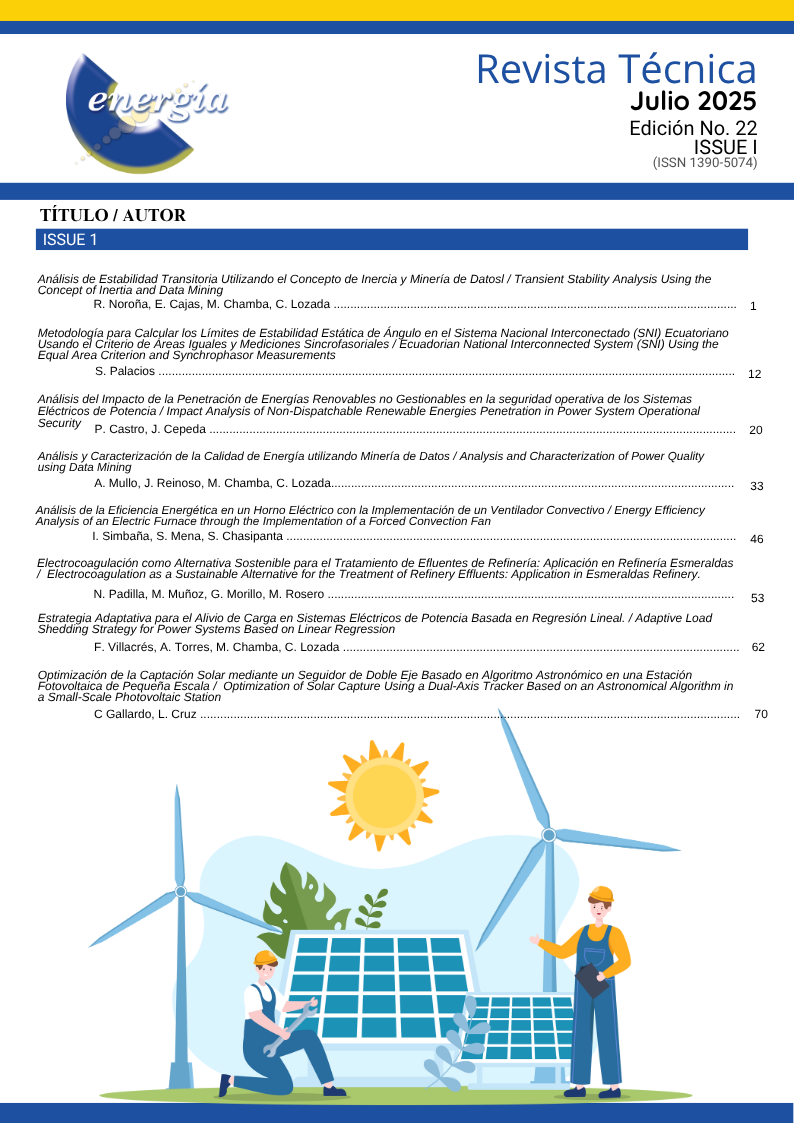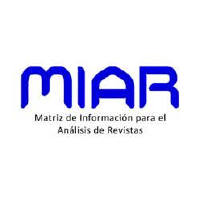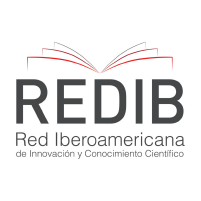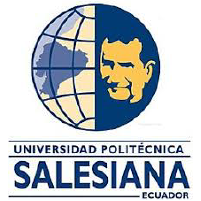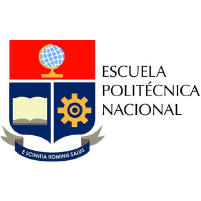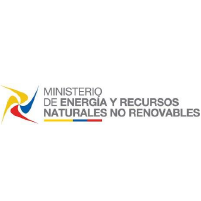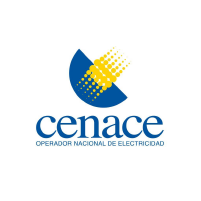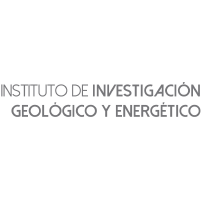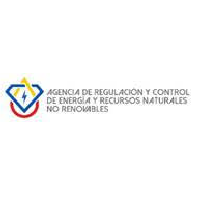Análisis de la Eficiencia Energética en un Horno Eléctrico con la Implementación de un Ventilador Convectivo
EEnergy Efficiency Analysis of an Electric Furnace through the Implementation of a Forced Convection Fan
Cómo citar
Descargar cita
Mostrar biografía de los autores
Artículos similares
- Wilson Sánchez, Diego Echeverría, Santiago Chamba, Andrés Jacho, Carlos Lozada, Despacho Económico de Energía de la Microrred en las Islas Galápagos Utilizando la Plataforma SimSEE , Revista Técnica "energía": Vol. 21 Núm. 1 (2024): Revista Técnica "energía", Edición No. 21, ISSUE I
- Armando Freire, Fernando Arias, Héctor Mullo, Jhonny Casa, Implementación de Control Remoto para la Apertura y Cierre de Compensación Reactiva al Alimentador de 13,8 kV de la Subestación Eléctrica de la Empresa Novacero S.A. mediante una Tarjeta ADVC-IOEX , Revista Técnica "energía": Vol. 21 Núm. 1 (2024): Revista Técnica "energía", Edición No. 21, ISSUE I
- Daniel Orbe, Luis Salazar, Paúl Vásquez, Estimación y Análisis de Sensibilidad del Consumo Energético de Buses Eléctricos mediante Simulaciones Microscópicas en líneas de Transporte Público , Revista Técnica "energía": Vol. 21 Núm. 1 (2024): Revista Técnica "energía", Edición No. 21, ISSUE I
- Carlos Lozada, David Panchi, Wilson Sánchez, Andrés Jacho, Regresión Lineal para la Identificación del Punto de Máxima Potencia en Microrredes Híbridas Implementado en HYPERSIM , Revista Técnica "energía": Vol. 20 Núm. 2 (2024): Revista Técnica "energía", Edición No. 20, ISSUE II
- Diego Lojano, Juan Palacios, Flujo Óptimo de Sistemas Eléctricos de Potencia con Consideraciones Ambientales , Revista Técnica "energía": Vol. 21 Núm. 2 (2025): Revista Técnica "energía", Edición No. 21, ISSUE II
- Julio Lascano, Luis Chiza, Roberth Saraguro, Carlos Quinatoa, Jessy Tapia, Estimación de la Demanda de una Estación de Carga para Vehículos Eléctricos Mediante la Aplicación de Métodos Probabilísticos , Revista Técnica "energía": Vol. 20 Núm. 1 (2023): Revista Técnica "energía", Edición No. 20, ISSUE I
- Rolando Noroña, Edgar Cajas, Carlos Lozada, Marlon Chamba, Análisis de Estabilidad Transitoria Utilizando el Concepto de Inercia y Minería de Datos , Revista Técnica "energía": Vol. 22 Núm. 1 (2025): Revista Técnica "energía", Edición No. 22, ISSUE I
- Edison Novoa, Gabriel Salazar Yépez, Eliana Buitrón, Gabriel Salazar Pérez, Propuesta de una Metodología para la Focalización del Subsidio Eléctrico “Tarifa De La Dignidad” en Usuarios Residenciales de las Empresas Eléctricas del Ecuador , Revista Técnica "energía": Vol. 20 Núm. 1 (2023): Revista Técnica "energía", Edición No. 20, ISSUE I
- Cristian Cuji, Jonathan Villarreal, Diseño y Evaluación de un Sistema Fotovoltaico Aislado para Iluminación en Vías Rurales y Carga de Vehículos Eléctricos Basado En Un Enfoque Multipropósito , Revista Técnica "energía": Vol. 20 Núm. 2 (2024): Revista Técnica "energía", Edición No. 20, ISSUE II
- Graciela Colomé, Omar Ramos, Diego Echeverría, Metodología de Identificación de Modos Oscilatorios en Datos Tipo Ambiente de Mediciones PMU , Revista Técnica "energía": Vol. 21 Núm. 1 (2024): Revista Técnica "energía", Edición No. 21, ISSUE I
También puede Iniciar una búsqueda de similitud avanzada para este artículo.
Artículos más leídos del mismo autor/a
- William Quitiaquez, Isaac Simbaña, Robinson Caizatoa, César Isaza, César Nieto, Patricio Quitiaquez, Fernando Toapanta, Análisis del rendimiento termodinámico de una bomba de calor asistida por energía solar utilizando un condensador con recirculación , Revista Técnica "energía": Vol. 16 Núm. 2 (2020): Revista Técnica "energía", Edición No. 16
- Carlos Maigua, William Quitiaquez, Isaac Simbaña, Patricio Quitiaquez, Fernando Toapanta, César Isaza, Diseño de un Sistema de Monitoreo de Vibraciones Mecánicas en Generadores Hidroeléctricos de Media Potencia , Revista Técnica "energía": Vol. 17 Núm. 1 (2020): Revista Técnica "energía", Edición No. 17, ISSUE I
- Jonnathan Morales, William Quitiaquez, Isaac Simbaña, Modelos de optimización matemática aplicables al sector downstream y midstream del petróleo. Revisión de la literatura y dirección de investigaciones futuras , Revista Técnica "energía": Vol. 17 Núm. 1 (2020): Revista Técnica "energía", Edición No. 17, ISSUE I
- Isaac Simbaña, William Quitiaquez, Patricio Cabezas, Patricio Quitiaquez, Estudio comparativo de la eficiencia de colectores solares de placa plana rectangular y triangular mediante el método de elementos finitos , Revista Técnica "energía": Vol. 20 Núm. 2 (2024): Revista Técnica "energía", Edición No. 20, ISSUE II
- William Quitiaquez, Andrés Argüello, Isaac Simbaña, Patricio Quitiaquez, Evaluación del Comportamiento de Motores a Gasolina Mediante Simulación del Flujo de Aire a Través del Cuerpo de Aceleración , Revista Técnica "energía": Vol. 20 Núm. 1 (2023): Revista Técnica "energía", Edición No. 20, ISSUE I
- Alex Rivera, William Quitiaquez, Isaac Simbaña, Patricio Quitiaquez, Estudio de la Generación y Distribución de Vapor en un Hospital para la Mejora de Eficiencia Energética mediante Termografía, Ultrasonido y Analizador de Gases , Revista Técnica "energía": Vol. 20 Núm. 2 (2024): Revista Técnica "energía", Edición No. 20, ISSUE II
- Isaac Simbaña, William Quitiaquez, José Estupiñán, Fernando Toapanta-Ramos, Leonidas Ramírez, Evaluación del rendimiento de una bomba de calor de expansión directa asistida por energía solar mediante simulación numérica del proceso de estrangulamiento en el dispositivo de expansión , Revista Técnica "energía": Vol. 19 Núm. 1 (2022): Revista Técnica "energía", Edición No. 19, ISSUE I
- William Quitiaquez, Hugo Meneses, Patricio Quitiaquez, Isaac Simbaña, Regeneración de Componentes Deteriorados de Motores de Combustión Interna Utilizados en Centrales Térmicas , Revista Técnica "energía": Vol. 21 Núm. 2 (2025): Revista Técnica "energía", Edición No. 21, ISSUE II
Este trabajo presenta un análisis de eficiencia energética de un horno eléctrico utilizado para tratamiento térmico de revenido, mediante la implementación de un ventilador de convección forzada. La eficiencia energética en sistemas de calentamiento industrial es un desafío actual, impulsado por la necesidad de reducir costos operativos y mejorar la sostenibilidad. Basándose en los mecanismos de transferencia de calor, se desarrolló un modelo numérico utilizando dinámica de fluidos computacional (CFD, por sus siglas en inglés) con un mallado de 138 565 elementos y validación de calidad de malla de 4.681. Se analizaron las ecuaciones de conservación de continuidad, momento y energía, bajo condiciones reales de operación. Los resultados mostraron que la temperatura máxima alcanzada se incrementó de 290 a 327.2 K con el ventilador, mientras el consumo eléctrico aumentó solo un 1.54 %, representando un costo adicional mínimo de
USD 0.0005 por ciclo de operación. Esta mejora térmica permite una mayor homogeneidad de temperatura y tiempos de operación más cortos. Por lo que, la incorporación de un sistema de convección forzada en hornos eléctricos industriales es una estrategia de alta viabilidad técnica y económica.
Visitas del artículo 681 | Visitas PDF 136
Descargas
- K. Loksupapaiboon and C. Suvanjumrat, “Forced convective heat transfer and fluid flow past a rotating hand-shaped former for improving rubber glove curing,” Case Studies in Thermal Engineering, vol. 47, p. 103050, 2023. doi: 10.1016/j.csite.2023.103050
- C. Suvanjumrat and K. Loksupspaiboon, “Improvement of thermal distribution in the rubber-glove former conveyor oven by OpenFOAM,” Engineering Journal, vol. 24, no. 2, pp. 109–120, 2020. doi: 10.4186/ej.2020.24.2.109
- I. D. Palacio-Caro, P. N. Alvarado-Torres, and L. F. Cardona-Sepúlveda, “Numerical simulation of the flow and heat transfer in an electric steel tempering furnace,” Energies (Basel), vol. 13, no. 14, p. 3655, 2020.
- L. Balli, M. Hlimi, Y. Achenani, A. Atifi, and B. Hamri, “Experimental study and numerical modeling of the thermal behavior of an industrial prototype ceramic furnace: Energy and environmental optimization,” Energy and Built Environment, vol. 5, no. 2, pp. 244–254, 2024.
- T. Sobottka, F. Kamhuber, and B. Heinzl, “Simulation-based multi-criteria optimization of parallel heat treatment furnaces at a casting manufacturer,” Journal of Manufacturing and Materials Processing, vol. 4, no. 3, p. 94, 2020.
- M. Knoll, H. Gerhardter, C. Hochenauer, and P. Tomazic, “Influences of turbulence modeling on particle-wall contacts in numerical simulations of industrial furnaces for thermal particle treatment,” Powder Technol, vol. 373, pp. 497–509, 2020.
- Y. Huang, X. Xiao, H. Kang, J. Lv, R. Zeng, and J. Shen, “Thermal management of polymer electrolyte membrane fuel cells: A critical review of heat transfer mechanisms, cooling approaches, and advanced cooling techniques analysis,” Energy Convers Manag, vol. 254, p. 115221, Feb. 2022, doi: 10.1016/J.ENCONMAN.2022.115221.
- W. Quitiaquez, I. Simbaña, C. A. Isaza-Roldán, C. Nieto-Londoño, P. Quitiaquez, and L. Toapanta-Ramos, “Performance Analysis of a Direct-Expansion Solar-Assisted Heat Pump Using a Photovoltaic/Thermal System for Water Heating,” Communications in Computer and Information Science, vol. 1154 CCIS, pp. 89–102, 2020, doi: 10.1007/978-3-030-46785-2_8.
- H. Matsubara, G. Kikugawa, and T. Ohara, “Comparison of molecular heat transfer mechanisms between water and ammonia in the liquid states,” International Journal of Thermal Sciences, vol. 161, p. 106762, Mar. 2021, doi: 10.1016/J.IJTHERMALSCI.2020.106762.
- Z. Sun, T. Wang, B. Qian, Y. Wang, J. Wang, and C. Hong, “Study on the efficient heat transfer mechanism of microchannel pin-fin arrays under low pumping power,” Appl Therm Eng, vol. 241, p. 122386, Mar. 2024, doi: 10.1016/J.APPLTHERMALENG.2024.122386.
- H. Ma, N. Cai, L. Cai, and F. Si, “Effects of the forced convection induced by assistant fans on the thermal performance of an indirect dry cooling system,” Case Studies in Thermal Engineering, vol. 35, p. 102141, Jul. 2022, doi: 10.1016/J.CSITE.2022.102141.
- K. Clough, “Continuity equations for general matter: applications in numerical relativity,” Class Quantum Gravity, vol. 38, no. 16, p. 167001, Jul. 2021, doi: 10.1088/1361-6382/AC10EE.
- R. Laubscher and P. Rousseau, “Application of a mixed variable physics-informed neural network to solve the incompressible steady-state and transient mass, momentum, and energy conservation equations for flow over in-line heated tubes,” Appl Soft Comput, vol. 114, p. 108050, Jan. 2022, doi: 10.1016/J.ASOC.2021.108050.
- I. Simbaña, W. Quitiaquez, P. Cabezas, and P. Quitiaquez, “Comparative Study of the Efficiency of Rectangular and Triangular Flat Plate Solar Collectors through Finite Element Method,” Revista Técnica “Energía,” vol. 20, no. 2, pp. 81–89, 2024, doi: 10.37116/revistaenergia.v20.n2.2024.593.
- V. Logar and I. Škrjanc, “The Influence of Electric-Arc-Furnace Input Feeds on its Electrical Energy Consumption,” Journal of Sustainable Metallurgy, vol. 7, no. 3, pp. 1013–1026, Sep. 2021, doi: 10.1007/S40831-021-00390-Y/FIGURES/11.
- Z. Song and C. Liu, “Energy efficient design and implementation of electric machines in air transport propulsion system,” Appl Energy, vol. 322, p. 119472, Sep. 2022, doi: 10.1016/J.APENERGY.2022.119472.
- I. Simbaña, A. Tirado, A. Arias, and X. Vaca, “Structural and kinematic analysis of the prototype of a folding work table,” Novasinergia, ISSN 2631-2654, vol. 8, no. 1, pp. 19–32, Jan. 2025, doi: 10.37135/NS.01.15.08.
